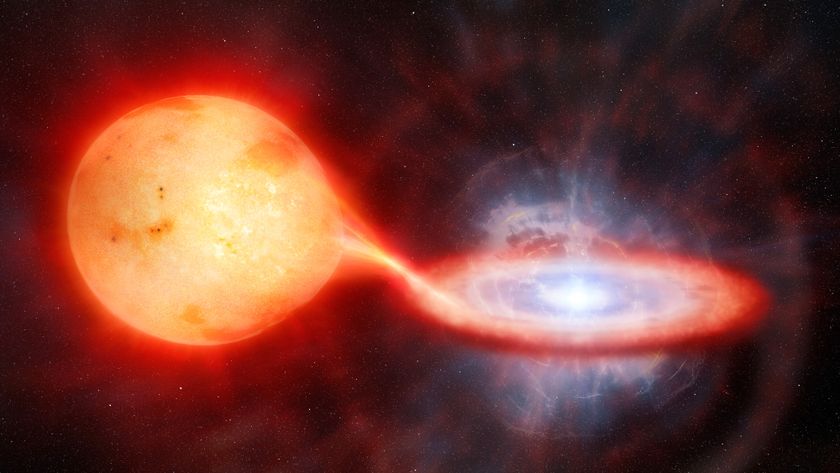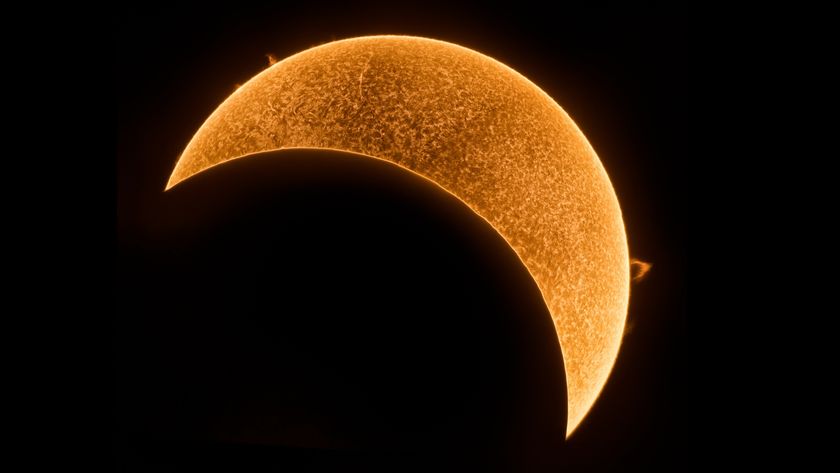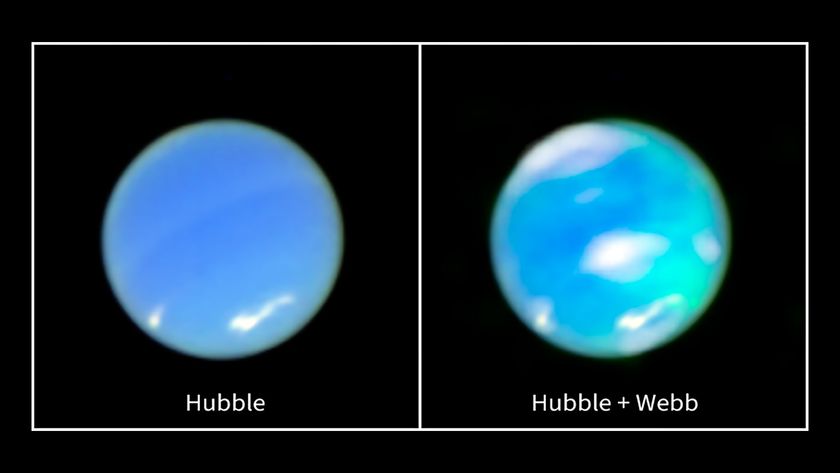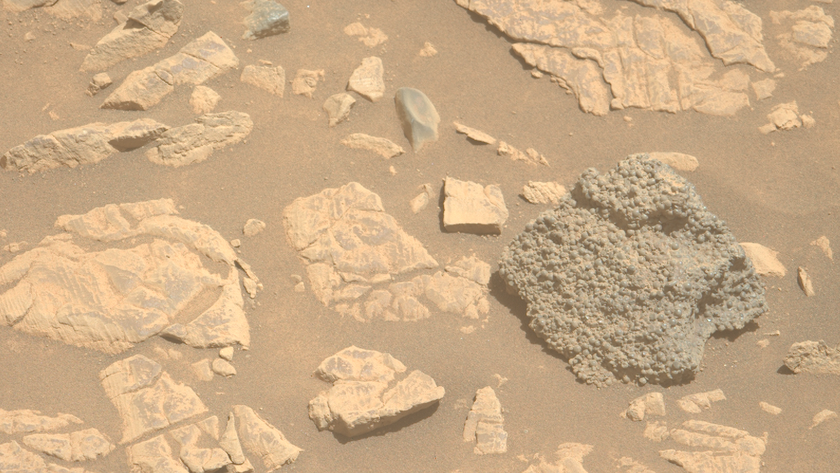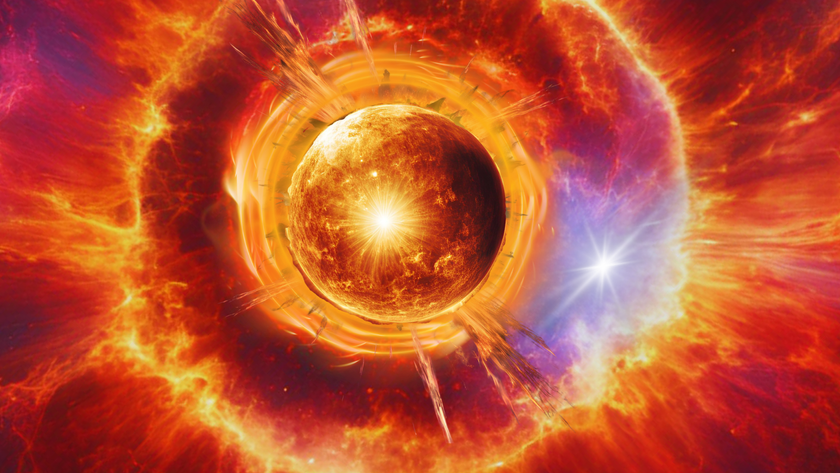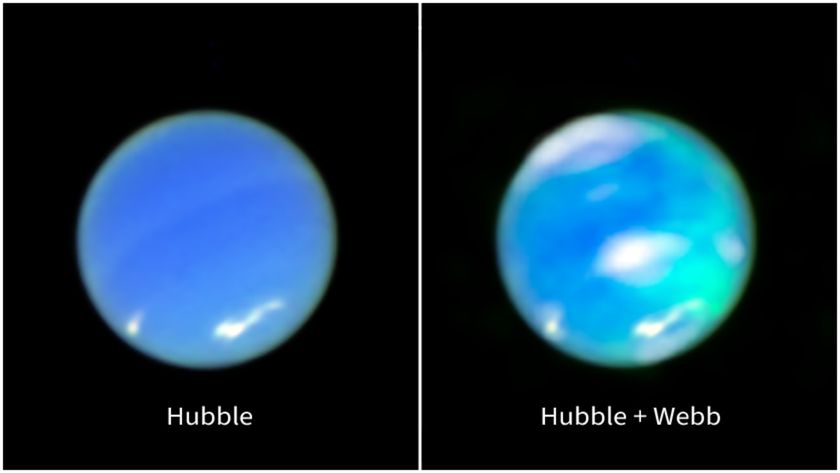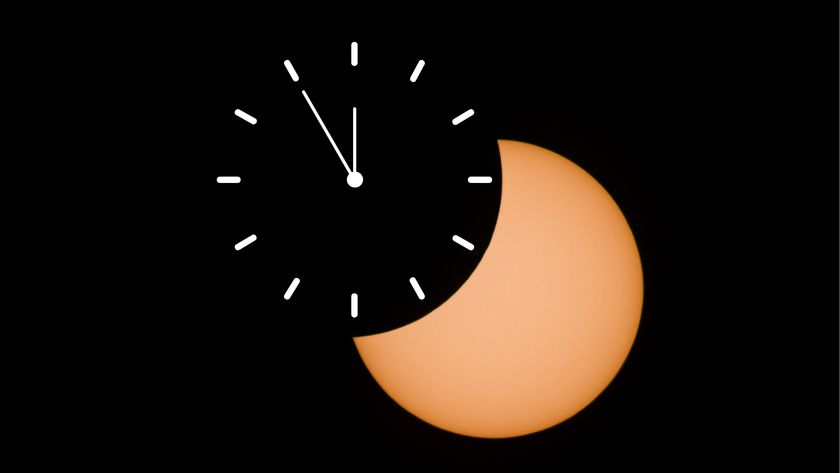
NASA Opens Planetary Defense Office to Protect Earth from Asteroids
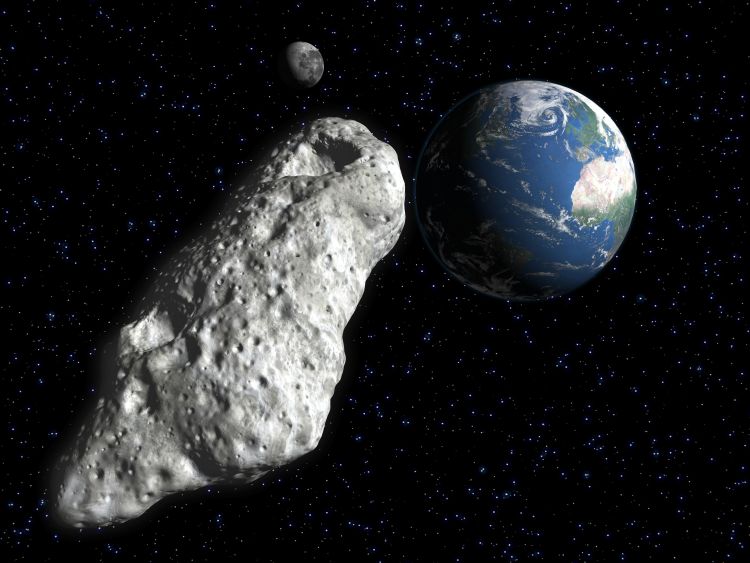
A major step has been taken to coordinate U.S. agencies and intergovernmental efforts to respond to future near-Earth objects that threaten Earth.
NASA has announced the creation of a Planetary Defense Coordination Office (PDCO). Lindley Johnson, NASA's current near-Earth object (NEO) program executive will lead the newly established office. The PDCO will reside within NASA's Planetary Science Division, in the agency's Science Mission Directorate in Washington, D.C.
"The formal establishment of the Planetary Defense Coordination Office makes it evident that the agency is committed to perform a leadership role in national and international efforts for the detection of these natural impact hazards, and to be engaged in planning if there is a need for planetary defense," Johnson said in a NASA statement. [Photos: Potentially Dangerous Asteroids in Space]
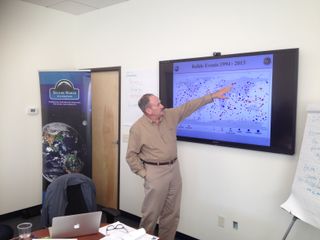
Planetary defense duties
What will the office do? It will be responsible for:
- Supervision of all NASA-funded projects to find and characterize asteroids and comets that pass near Earth's orbit around the sun;
- Lead the coordination of interagency and intergovernmental efforts to plan response to any potential impact threats.
- Improve and expand on past efforts with other U.S. federal agencies and departments, such as the Federal Emergency Management Agency (FEMA).
- Continue to assist with the coordination across the U.S. government, including planning for response to an actual impact threat and working in conjunction with FEMA, the Department of Defense, other U.S. agencies, and international counterparts.
- Issue notices of close passes and warnings of any detected potential NEO impacts, based on credible science data.
Collaborative relationship
"FEMA is dedicated to protecting against all hazards, and the launch of the coordination office will ensure early detection and warning capability, and will further enhance FEMA's collaborative relationship with NASA," said FEMA Administrator Craig Fugate in a press statement.
"Even if intervention is not possible, NASA would provide expert input to FEMA about impact timing, location, and effects to inform emergency response operations. In turn, FEMA would handle the preparations and response planning related to the consequences of atmospheric entry or impact to U.S. communities, NASA explains in its announcement of the new PDCO.
NASA and FEMA were not the only agencies lauding the new planetary defense project. The National Science Foundation (NSF) also hailed the event.
Get the Space.com Newsletter
Breaking space news, the latest updates on rocket launches, skywatching events and more!
"NSF welcomes the increased visibility afforded to this critical activity," said Nigel Sharp, program director in the agency's Division of Astronomical Sciences. "We look forward to continuing the fruitful collaboration across the agencies to bring all of our resources – both ground-based and space-based – to the study of this important problem."
Wake-up call
More than 13,500 near-Earth objects of all sizes have been discovered to date—more than 95 percent of them since NASA-funded surveys began in 1998. About 1,500 NEOs are now detected each year.
One recent event that some experts have dubbed a a 21st century wake-up call was the Chelyabinsk meteor explosion over Russia in 2013 . That event cast a new spotlight on the potential dangers from the heavens and helped prod international resolve to deal with NEOs in an organized manner.
For its part, NASA's long-term planetary defense goals include developing technology and techniques for deflecting or redirecting objects that are determined to be on an impact course with Earth.
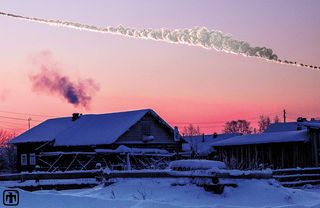
Reduce the risk
The recently passed federal budget for fiscal year 2016 includes $50 million for NEO observations and planetary defense, representing a more than ten-fold increase since the beginning of the President Obama administration.
Indeed, within the White House National Space Policy released on June 28, 2010, it notes under "Civil Space Guidelines" that the Administrator of NASA shall: "Pursue capabilities, in cooperation with other departments, agencies, and commercial partners, to detect, track, catalog, and characterize near-Earth objects to reduce the risk of harm to humans from an unexpected impact on our planet and to identify potentially resource-rich planetary objects."
For more information on NASA's Planetary Defense Coordination Office, this website is to be updated with additional details:
https://www.nasa.gov/planetarydefense.
Leonard David has been reporting on the space industry for more than five decades. He is former director of research for the National Commission on Space and is co-author of Buzz Aldrin's 2013 book "Mission to Mars – My Vision for Space Exploration" published by National Geographic with a new updated paperback version released in May 2015. Follow us @Spacedotcom, Facebook or Google+. Originally published on Space.com.
Join our Space Forums to keep talking space on the latest missions, night sky and more! And if you have a news tip, correction or comment, let us know at: community@space.com.

Leonard David is an award-winning space journalist who has been reporting on space activities for more than 50 years. Currently writing as Space.com's Space Insider Columnist among his other projects, Leonard has authored numerous books on space exploration, Mars missions and more, with his latest being "Moon Rush: The New Space Race" published in 2019 by National Geographic. He also wrote "Mars: Our Future on the Red Planet" released in 2016 by National Geographic. Leonard has served as a correspondent for SpaceNews, Scientific American and Aerospace America for the AIAA. He has received many awards, including the first Ordway Award for Sustained Excellence in Spaceflight History in 2015 at the AAS Wernher von Braun Memorial Symposium. You can find out Leonard's latest project at his website and on Twitter.



